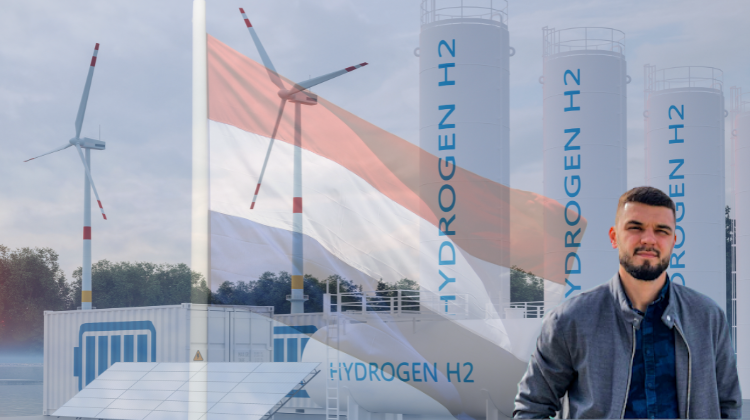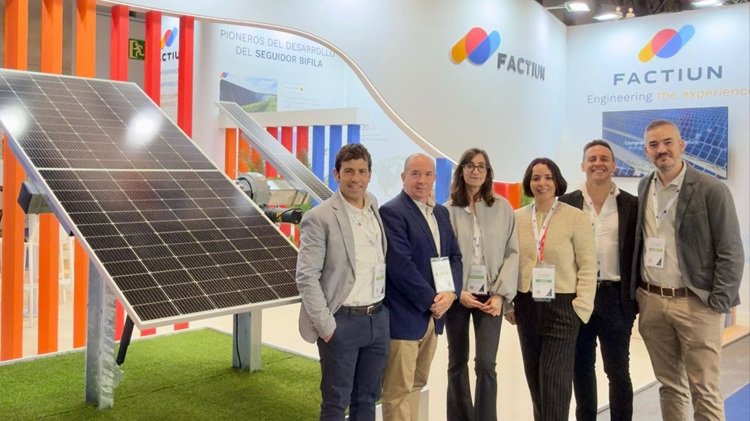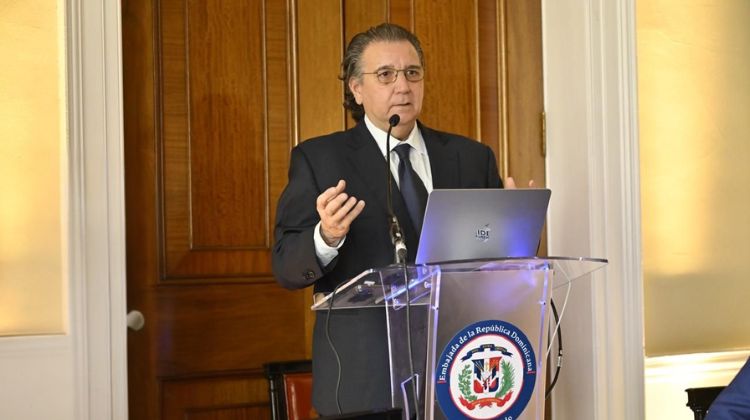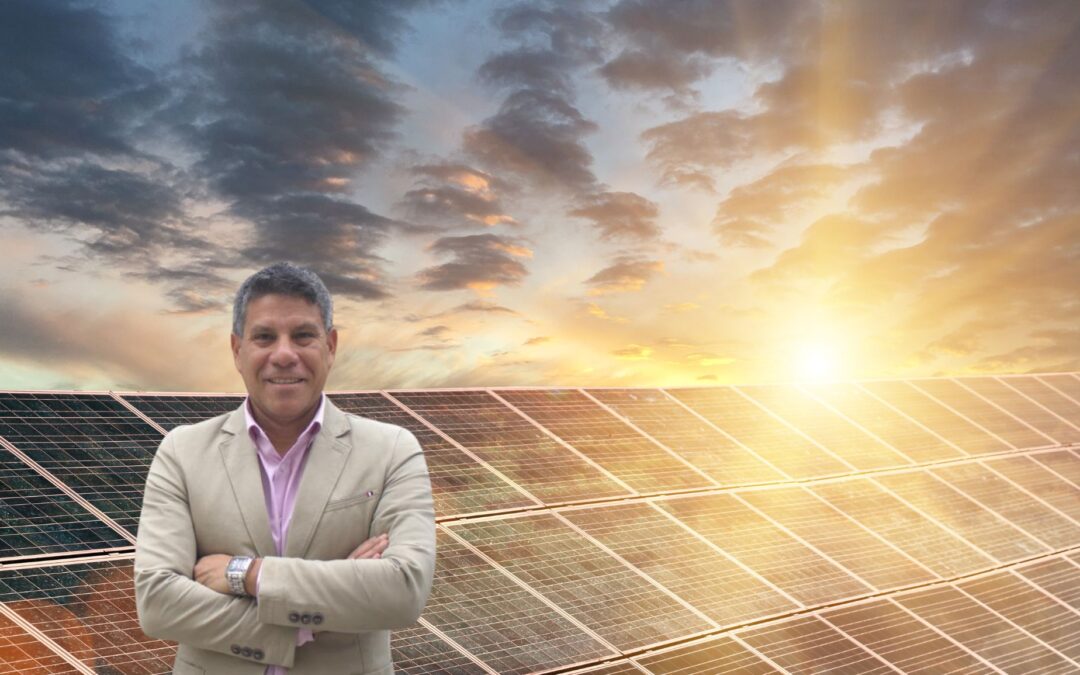The European Commission warns of the urgent need for investment in electricity grids, hydrogen, and CO₂ storage to sustain the energy transition. More than 50% of the investment is concentrated in Germany, France, and the Netherlands.












The European Commission warns of the urgent need for investment in electricity grids, hydrogen, and CO₂ storage to sustain the energy transition. More than 50% of the investment is concentrated in Germany, France, and the Netherlands.

The European Commission has approved more than 8 million euros for Scale Gas, a subsidiary of Enagás, to deploy six renewable hydrogen refueling stations in Spain. These will be part of the Atlantic and Mediterranean corridors of the Trans-European Transport Network (TEN-T).

The Spanish government, through IDAE, has announced the first call results for renewable hydrogen incentives. With €1.2 billion in funding, selected projects will enhance large-scale hydrogen production, strengthen industrial applications, and advance Spain’s leadership in Europe’s energy transition.

Portugal has awarded more than 500 MW in its first large-scale storage auction, marking a milestone in its energy transition. However, the requirement that at least 75% of battery charging must come from renewable sources presents an operational and economic challenge for awardees.

A tool combines artificial intelligence and official data on public subsidies and leading renewable hydrogen projects in Spain, providing accessible and verified information for experts, businesses, and citizens interested in the energy transition.

Scotland is working on building an energy system based on green hydrogen, with a target of 25 GW by 2045. Additionally, it is consolidating its leadership in wind energy and hydroelectric production, while addressing technical and economic challenges along the way.

Since its inception in 2010, Texla Renovables has established itself as a strategic partner in the Spanish energy sector, driving over 21 GW of renewable capacity through the trust of the country’s leading energy companies. The company stands out for its comprehensive expertise in asset management, environmental stewardship, owner’s engineering, and commissioning, as well as its commitment to key technologies such as green hydrogen and energy storage.

With the deadline of May 21, 2025, on the horizon, Spain faces key decisions to comply with the transposition of the Renewable Energy Directive. From set obligations to technological and regulatory debates, the strategy will define the course of the national energy transition.

Since January 2025, Poland has led the European Union’s policymaking as the Council Presidency. With a focus on energy security, industrial competitiveness, and a fair energy transition, the country aims to cement its role in a context marked by geopolitical and climate crises. Maciej Jakubik shares his insights with Energía Estratégica España.

It will be a year of many decisions for renewable gas. The definition of the European auction, the implementation of regulations like RED III, and the delegated act will shape the future.

In 2024, Germany set a record for renewable energy, which accounted for 62.7% of its net public electricity generation. This achievement was accompanied by a historic reduction in CO2 emissions and significant progress in solar energy and storage technologies.

With a strategic location and robust infrastructure, the Netherlands has solidified its position as a European leader in the development of green hydrogen. However, Rostyslav Nykitenko comments to Strategic Energy Europe that technical and regulatory challenges continue to pose significant obstacles to the advancement of this key technology in the energy transition.

The intermittency of renewable energy, highlighted during Dunkelflaute episodes, is reshaping Europe’s energy dynamics. Gas remains a key backup, but growing volatility presents challenges for supply flexibility.

The Electrification Commission of ENTRA Aggregation and Flexibility has prepared a document that highlights the importance of electrification in sectors such as transportation, industry, and residential.

Germany has committed to doubling its green hydrogen production, aiming to reach 10 GW by 2030. However, significant obstacles remain in regulation, infrastructure, and international collaboration. Juan F. Zurbarán shared insights with Energía Estratégica España about the role of the European Hydrogen Bank and the IF24 auction in meeting these objectives.

In one year, Spain increased its renewable generation capacity by 19% in solar and 2.7% in wind, reaching a renewable share of 56% in the electricity mix. Regions such as Andalusia and Extremadura stand out in driving solar energy, while Castile and León leads in wind energy.

It receives the Integrated Environmental Authorization from the Ministry of Ecological Transition, Industry, and Economic Development.

Miguel A. Peña
Secretary
Spanish Hydrogen Association (AeH2)
 Spain accelerates its technological leadership in the renewable hydrogen industry
Spain accelerates its technological leadership in the renewable hydrogen industry
With integrated projects and economies of scale, Spain consolidates its position in the development of renewable hydrogen. Miguel A. Peña from AeH2 highlights key initiatives and technologies such as alkaline electrolysis, which are essential for the global energy transition.

With three projects awarded in the first auction and strong interest in the second, Spain consolidates its role in renewable hydrogen, driven by exceptional resources and a key strategic position for the European energy transition.

The company highlights the need for a consolidated market and robust transport infrastructure to boost this technology in the Iberian Peninsula.

Poland is advancing towards a cleaner energy future, with a strong focus on technologies such as offshore wind, biomethane, and green hydrogen. However, regulatory and infrastructural challenges continue to dictate the pace of its energy transition, with 2025 poised to be a pivotal year in solidifying its role in Europe’s green transition.

The European Commission warns of the urgent need for investment in electricity grids, hydrogen, and CO₂ storage to sustain the energy transition. More than 50% of the investment is concentrated in Germany, France, and the Netherlands.

The European Commission has approved more than 8 million euros for Scale Gas, a subsidiary of Enagás, to deploy six renewable hydrogen refueling stations in Spain. These will be part of the Atlantic and Mediterranean corridors of the Trans-European Transport Network (TEN-T).

The Spanish government, through IDAE, has announced the first call results for renewable hydrogen incentives. With €1.2 billion in funding, selected projects will enhance large-scale hydrogen production, strengthen industrial applications, and advance Spain’s leadership in Europe’s energy transition.

Portugal has awarded more than 500 MW in its first large-scale storage auction, marking a milestone in its energy transition. However, the requirement that at least 75% of battery charging must come from renewable sources presents an operational and economic challenge for awardees.

A tool combines artificial intelligence and official data on public subsidies and leading renewable hydrogen projects in Spain, providing accessible and verified information for experts, businesses, and citizens interested in the energy transition.

Scotland is working on building an energy system based on green hydrogen, with a target of 25 GW by 2045. Additionally, it is consolidating its leadership in wind energy and hydroelectric production, while addressing technical and economic challenges along the way.

Since its inception in 2010, Texla Renovables has established itself as a strategic partner in the Spanish energy sector, driving over 21 GW of renewable capacity through the trust of the country’s leading energy companies. The company stands out for its comprehensive expertise in asset management, environmental stewardship, owner’s engineering, and commissioning, as well as its commitment to key technologies such as green hydrogen and energy storage.

With the deadline of May 21, 2025, on the horizon, Spain faces key decisions to comply with the transposition of the Renewable Energy Directive. From set obligations to technological and regulatory debates, the strategy will define the course of the national energy transition.

Since January 2025, Poland has led the European Union’s policymaking as the Council Presidency. With a focus on energy security, industrial competitiveness, and a fair energy transition, the country aims to cement its role in a context marked by geopolitical and climate crises. Maciej Jakubik shares his insights with Energía Estratégica España.

It will be a year of many decisions for renewable gas. The definition of the European auction, the implementation of regulations like RED III, and the delegated act will shape the future.

In 2024, Germany set a record for renewable energy, which accounted for 62.7% of its net public electricity generation. This achievement was accompanied by a historic reduction in CO2 emissions and significant progress in solar energy and storage technologies.

With a strategic location and robust infrastructure, the Netherlands has solidified its position as a European leader in the development of green hydrogen. However, Rostyslav Nykitenko comments to Strategic Energy Europe that technical and regulatory challenges continue to pose significant obstacles to the advancement of this key technology in the energy transition.

The intermittency of renewable energy, highlighted during Dunkelflaute episodes, is reshaping Europe’s energy dynamics. Gas remains a key backup, but growing volatility presents challenges for supply flexibility.

The Electrification Commission of ENTRA Aggregation and Flexibility has prepared a document that highlights the importance of electrification in sectors such as transportation, industry, and residential.

Germany has committed to doubling its green hydrogen production, aiming to reach 10 GW by 2030. However, significant obstacles remain in regulation, infrastructure, and international collaboration. Juan F. Zurbarán shared insights with Energía Estratégica España about the role of the European Hydrogen Bank and the IF24 auction in meeting these objectives.

In one year, Spain increased its renewable generation capacity by 19% in solar and 2.7% in wind, reaching a renewable share of 56% in the electricity mix. Regions such as Andalusia and Extremadura stand out in driving solar energy, while Castile and León leads in wind energy.

It receives the Integrated Environmental Authorization from the Ministry of Ecological Transition, Industry, and Economic Development.

Miguel A. Peña
Secretary
Spanish Hydrogen Association (AeH2)
 Spain accelerates its technological leadership in the renewable hydrogen industry
Spain accelerates its technological leadership in the renewable hydrogen industry
With integrated projects and economies of scale, Spain consolidates its position in the development of renewable hydrogen. Miguel A. Peña from AeH2 highlights key initiatives and technologies such as alkaline electrolysis, which are essential for the global energy transition.

With three projects awarded in the first auction and strong interest in the second, Spain consolidates its role in renewable hydrogen, driven by exceptional resources and a key strategic position for the European energy transition.

The company highlights the need for a consolidated market and robust transport infrastructure to boost this technology in the Iberian Peninsula.

Poland is advancing towards a cleaner energy future, with a strong focus on technologies such as offshore wind, biomethane, and green hydrogen. However, regulatory and infrastructural challenges continue to dictate the pace of its energy transition, with 2025 poised to be a pivotal year in solidifying its role in Europe’s green transition.

Select the sector you
want to know more about

Present in four continents and backed by proprietary software for project and construction management, solar structure manufacturer Factiun aims to double its executed capacity in 2026 as part of its plan to join the world’s five leading solar tracker technology providers.

During Dominican Week in the United Kingdom, senior consultant Rafael Velazco warned that the country must deploy 500 MW of battery energy storage within three years and move forward with 1,050 MW of pumped hydro storage to support renewable energy growth and safeguard grid stability.

Sustainablearth LATAM transferred three ready-to-build solar, wind and hybrid projects, all scheduled to begin construction in 2027 and supported by long-term power purchase agreements (PPAs) at highly competitive prices.